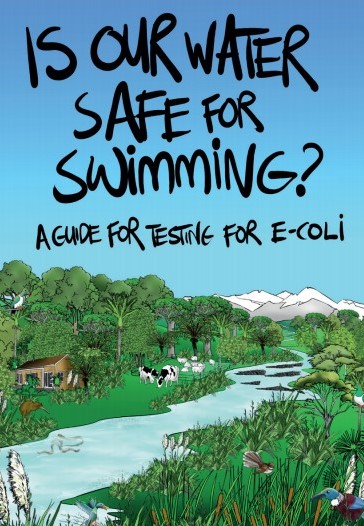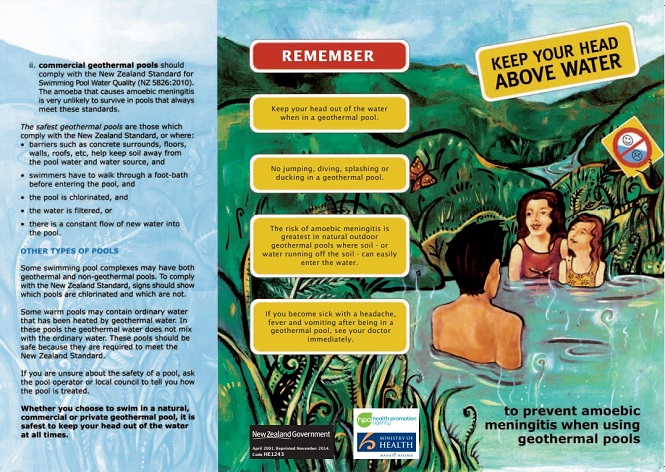Land, Air, Water Aotearoa’s(external link)(external link) website monitors water quality around the country and lets you know which spots are safe to swim in. Websites such as Toi Te Ora Public Health(external link)(external link) also provide information about whether it’s safe to collect food such as shellfish in the popular Bay of Plenty and Lakes District region.
However, not every spot can be monitored, or you may not have internet coverage to check online. If that’s the case, here are some ways to help you know whether the water is safe or not:








